Division of Computational Science and Technology
Computational Science and Technology is a multidisciplinary field that uses advanced computing methodologies to understand and solve complex problems. The division develops methods, computing environments and data analysis capabilities to solve scientific questions in a multi-disciplinary setting shaping the future of computing.
Research areas
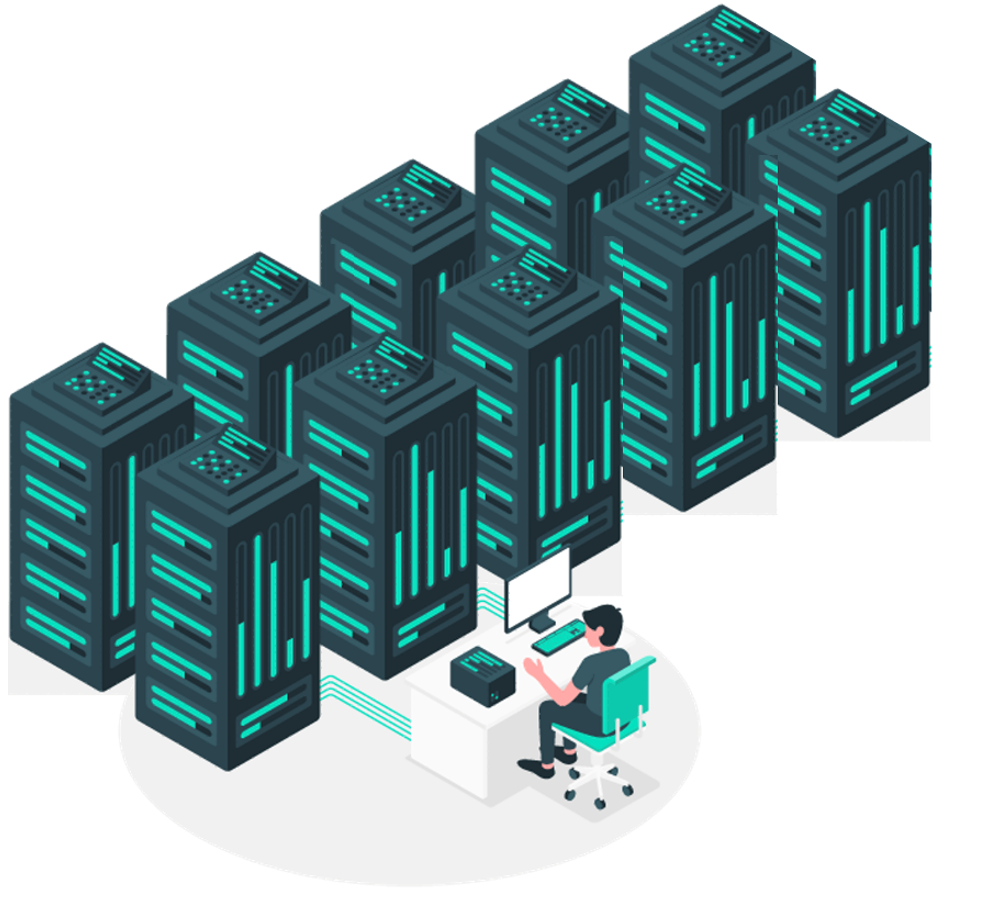
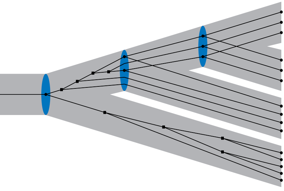


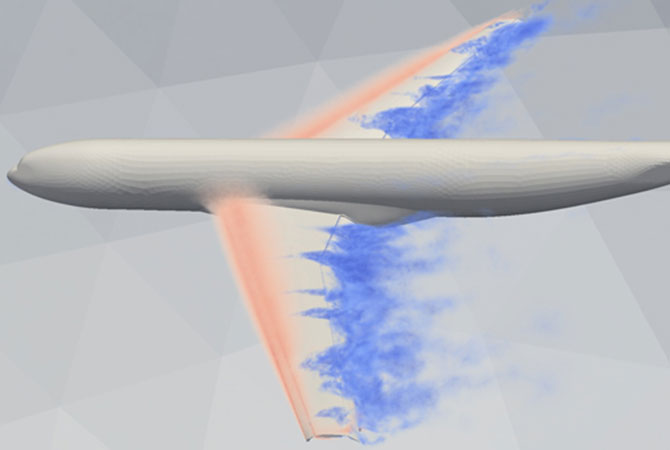

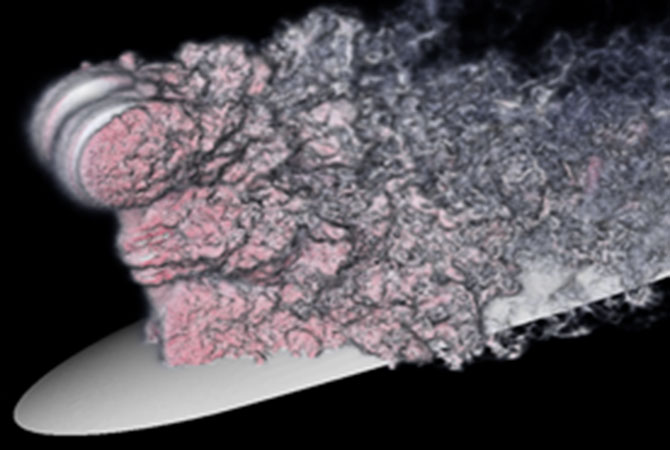
Meet the division
News

Developing intuitive tools for molecular simulations on powerful computers
To deliver open-source code that anyone worldwide can use, the Parallel Computing Centre (PDC) recently made a long-awaited breakthrough in creating code for quantum chemistry on graphics processing u...
Read the article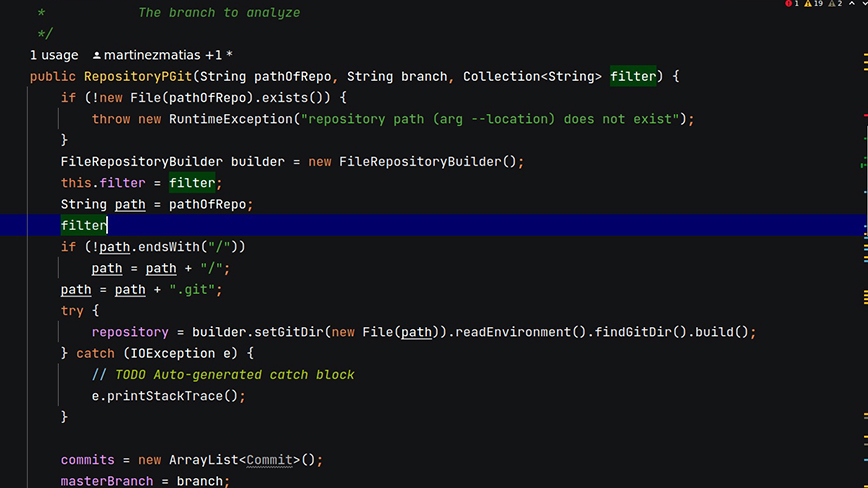
AI in coding awarded for impact
For a long time, coding was tediously manual, but in 2009, Martin Monperrus, Professor of Software Engineering at KTH Royal Institute of Technology, and his team realised that built-in AI could help m...
Read the article
Better data analysis can improve treatment of Parkinson’s disease
More accurate data help understand how extensive local brain networks are affected in patients.
Read the articleCalendar
-
Public defences of doctoral theses
Wednesday 2024-05-22, 14:00
Location: F3 (Flodis), Lindstedtsvägen 26 & 28, Stockholm
Doctoral student: Felix Liu , Beräkningsvetenskap och beräkningsteknik (CST), RaySearch Laboratories
2024-05-22T14:00:00.000+02:00 2024-05-22T14:00:00.000+02:00 High Performance Computing for the Optimization of Radiation Therapy Treatment Plans (Public defences of doctoral theses) F3 (Flodis), Lindstedtsvägen 26 & 28, Stockholm (KTH, Stockholm, Sweden)High Performance Computing for the Optimization of Radiation Therapy Treatment Plans (Public defences of doctoral theses) -
Public defences of doctoral theses
Friday 2024-05-24, 09:15
Location: Kollegiesalen, Brinellvägen 8, Stockholm
Doctoral student: Martin Karp , Beräkningsvetenskap och beräkningsteknik (CST)
2024-05-24T09:15:00.000+02:00 2024-05-24T09:15:00.000+02:00 Direct Numerical Simulation of Turbulence on Heterogenous Computer Systems (Public defences of doctoral theses) Kollegiesalen, Brinellvägen 8, Stockholm (KTH, Stockholm, Sweden)Direct Numerical Simulation of Turbulence on Heterogenous Computer Systems (Public defences of doctoral theses)

